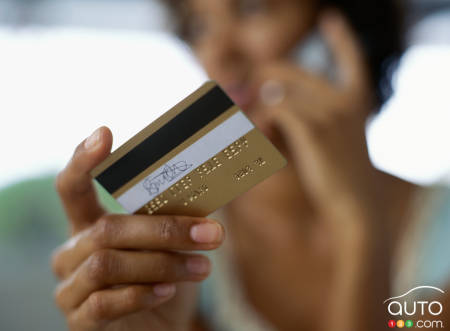The car has passed your preliminary verification and you like it. The next step is to put a "hold" on the car because you must get it inspected.
The deposit
In most cases, the seller will require a deposit for you to get the "hold" on the car for a defined amount of time. This short period of time will be necessary while you do some more digging on the vehicle.
The deposit is a "promise" to buy the vehicle without actually promising to buy the vehicle as you will not be signing any contract. If the document is a standard contract, ink in the line: "Receipt for deposit only" and/or "Contract void" or "Contract not binding."
While there are no specific rules or laws regulating this "mini transaction", you can protect yourself by always requiring a receipt and clearly indicating on both copies the make, model and year plus the car's VIN number and the following: "Fully refundable if transaction is canceled."
$500 to $1,000
As well, there is no set amount for the deposit. For an average transaction, $500 should suffice. If the car considered for purchase is either rare, in demand, or pricey (say over $20,000), the deposit should ideally not climb over $1,000.
Tips:
- If the seller requires a far larger amount, say 10% on a $20,000 vehicle and is not negotiable on the demand, walk away. Once again, there are other cars out there.
- Throughout the whole transaction, when dealing with a professional salesperson (or a private seller), you, the buyer, are in charge. The seller wants your money. You owe it to yourself to be in charge of your money.
HANDING OVER MONEY
The deposit given by the potential used car buyer demonstrates to the seller that he or she is serious about purchasing a specific vehicle.
Some preliminary pricing negotiation can be made at this point and the pre-purchase agreed-upon price should be added to the receipt.
The deposit creates a holding period while the buyer carries out the following steps:
The hold period is required to:
- Book an inspection with a reputable and trustworthy individual or garage;
- Do some research with the VIN by searching websites that will divulge information for a fee such as Carfax and Carproof
Deposit amount
- In most instances, a $500 deposit is sufficient. Across Canada, this would seem to be the norm;
- The amount can be negotiated but should ideally never be more than $1,000 regardless of the car's asking price. Use judgment if the request amount is far greater
Receipt
- A non-binding receipt should be signed. This will protect the seller and the buyer in the event the transaction does not take place;
- Short specific clauses should be added to receipt;
- f the receipt is a sales contract, one or more of the following clauses should be written on each copy of the document: "Receipt for deposit only" and/or "Contract void" and/or "Contract not binding" and/or "Fully refundable if transaction is canceled."
Get the VIN
- It is located at the bottom of the windshield, typically on the driver's side;
- If it is not there (this may be a cause for further questions), look in the door-jam or on the car's current registration documents
Scenario
Prior to pulling out a credit card, the Johnsons ask if they can get the Q7 inspected by a person or garage of their choice. The dealer once again brings up the 300-point inspection that has already been performed, adding that it is more than enough to ensure the quality of the vehicle offered for sale.
The salesperson does end up answering that they can get the Q7 verified by whomever they please.
As requested by the dealer, a $500 deposit is given to the salesperson in exchange for a receipt that clearly states that said deposit is fully reimbursable if the transaction falls through regardless of the reason including a failed inspection result.
Before they leave the Johnsons' take note of the 2007 Audi Q7's VIN number.


